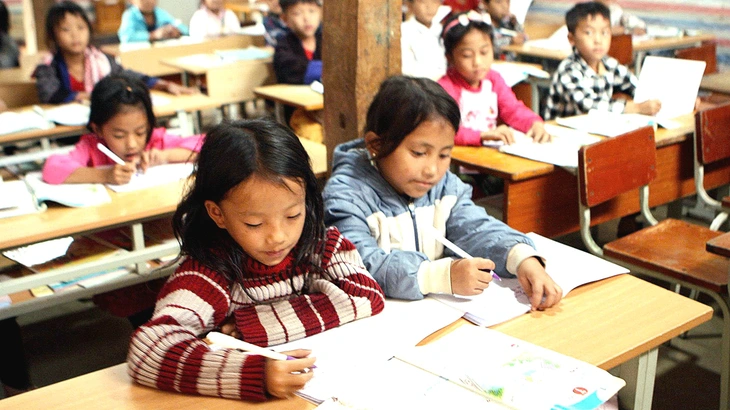
Classroom in a temporary classroom at Mo De Boarding Primary and Secondary School (Mu Cang Chai, Lao Cai ) - Photo: VINH HA
According to Mr. Tran Thanh Dam - Director of the Department of Planning and Finance (Ministry of Education and Training), the country currently has 618,284 classrooms at public preschool and general education levels. Of which, the number of solid classrooms is 554,142, reaching a solidification rate of 89.6%.
35,000 classrooms are missing.
However, by the 2025-2026 school year, the country will still lack 35,000 classrooms at preschool and primary levels.
Of which, the number of preschool classrooms lacking accounts for nearly 28,000. At the primary level, the number of classrooms lacking is mainly to serve the two-session/day teaching as required by the 2018 General Education Program.
Notably, there are still nearly 6,500 classrooms that have to be borrowed or used. In some difficult areas, there are schools that still have all three types of classrooms: solid classrooms, classrooms built in level 4 buildings, and temporary classrooms with wooden walls and corrugated iron roofs...
In provinces such as Dak Lak , Dien Bien, Lai Chau, the rate of unconsolidated classrooms in preschool and primary schools is only about 40%. In places where there are still isolated locations, there are classrooms that must be divided in half for both preschool and primary school students.
Besides classrooms, there is another problem: the lack of dormitories for boarding and day students, and public housing for teachers.
At many primary and secondary boarding schools for ethnic minorities in Lao Cai and Lai Chau, the situation of rooms with an area only enough for 30-35 students but having to accommodate 70-75 students is not uncommon.
That overload leads to a lack of toilets and facilities to ensure living and studying. Currently, mountainous areas with difficulties still lack thousands of public housing.
Promote socialization
This is a solution that has been implemented over the years. The Ministry of Education and Training also identified this as an important solution to solve the problem of lack of classrooms, boarding houses, semi-boarding houses, and public housing for teachers.
Previously, the program to solidify schools and teachers' housing relied on government bonds. However, since 2015, this source of support has become more limited.
Socialization to overcome the shortage of classrooms, public housing or solidifying schools is considered an important solution.
According to the Ministry of Education and Training, over the past 10 years, the socialized capital to invest in building classrooms and public housing for teachers has been very large. Specifically, about 300 organizations, businesses and individuals have invested to solidify schools, classrooms and public housing for teachers.
Statistics from the Ministry of Education and Training show that in the past 10 years, there have been over 36,000 classrooms and over 1,300 public housing projects with a cost of tens of thousands of billions of VND.
In the coming years, mobilizing social resources to build schools and teachers' housing is still considered a strong solution.
But according to experts, current preferential mechanisms on land, tax exemptions, financial support, and the construction of a favorable administrative framework for organizations, individuals, and businesses to invest in education are still not consistent and have many shortcomings.
Besides, in many localities, the planning of educational facilities network still has limitations such as unreasonable school allocation, school buildings do not ensure quality standards leading to rapid degradation.
Some mountainous areas are affected by natural disasters, leading to damage to a series of schools, public houses, and student dormitories.
Socialization is only concentrated in a few areas, while many remote areas receive little attention. Connections between educational institutions and organizations and businesses in these areas are limited.
Prioritize the arrangement of surplus headquarters
Before the new school year 2025-2026, some localities are implementing the policy stated by General Secretary To Lam to prioritize arranging surplus public headquarters as schools, medical examination and treatment facilities, and entertainment places for people.
In Hanoi, after restructuring from more than 500 commune-level administrative units to 126 communes and wards under the two-level local government model, there are now nearly 250 surplus public offices. Many offices have been handed over to be used as schools.
According to Mr. Nguyen Tri Sang - principal of Phu Chau Primary School (Vat Lai commune, old Ba Vi district), the school has just received the handover of the Phu Chau commune People's Committee headquarters, and plans to renovate it into a dormitory and canteen for students.
In Hoan Kiem ward, there are also some surplus facilities that are being planned to be converted into kindergartens. Some other places such as Cau Giay, Khuong Dinh, Nghia Do wards... all have surplus public facilities that are being planned to be handed over to schools.
In other localities, arranging surplus public headquarters as schools is also a new direction to solve the current shortage of classrooms.
Ms. Nguyen Thi Thuy - principal of Nam Hang Primary Boarding School (Nam Hang commune, Lai Chau province) - shared that after the arrangement, the new Nam Hang commune was established based on three administrative units: Nam Manh commune, Nam Nhun town and Nam Hang commune.
Currently, two old commune headquarters have been handed over to schools to expand their area. One of these two headquarters has been handed over to Nam Hang Primary Boarding School for Ethnic Minorities.
Expanding school network
According to the report of the Ministry of Education and Training, from around 2013 until now there have been major changes in the construction and expansion of the school network.
The library system, department rooms, teachers' housing, dining hall, boarding area, toilets, clean water... have also received investment attention.
Ho Chi Minh City: continue to invest in building schools
Mr. Nguyen Van Hieu, Director of the Department of Education and Training of Ho Chi Minh City, said that after the administrative boundary merger, Ho Chi Minh City has a scale of over 2.6 million students and is divided into 16 professional clusters according to wards and communes. The construction of schools is continuing to require investment with the target of 300 classrooms/10,000 population of the age group to reduce class size.
According to Mr. Hieu, Ho Chi Minh City is pioneering in applying GIS maps in enrollment, arranging primary school students according to the distance from home to school to reduce traffic pressure.
To do this well, the school network must also meet the needs.
Source: https://tuoitre.vn/truong-lop-nam-hoc-moi-day-manh-xa-hoi-hoa-uu-tien-tru-so-doi-du-20250818230000549.htm



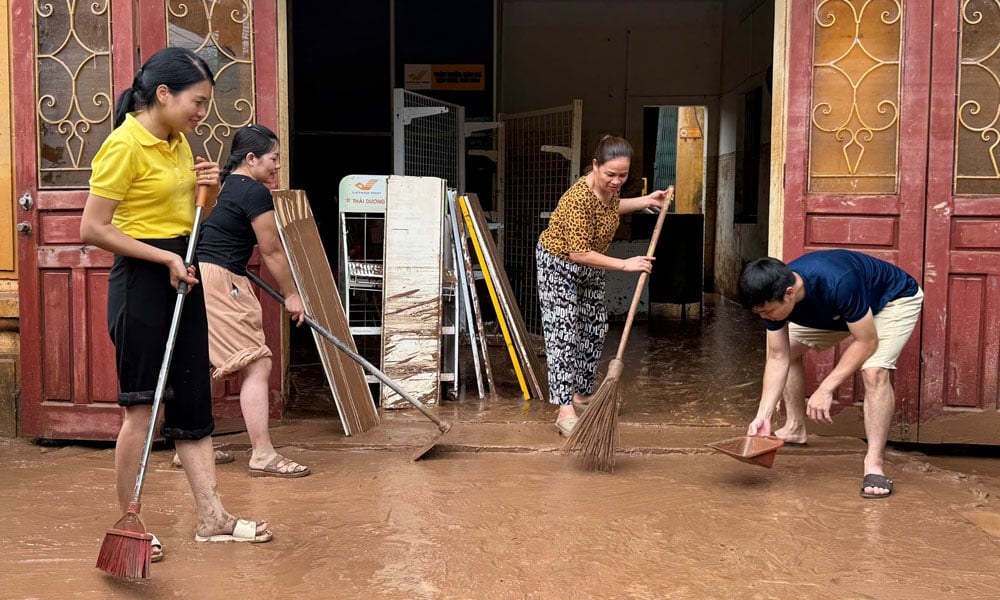

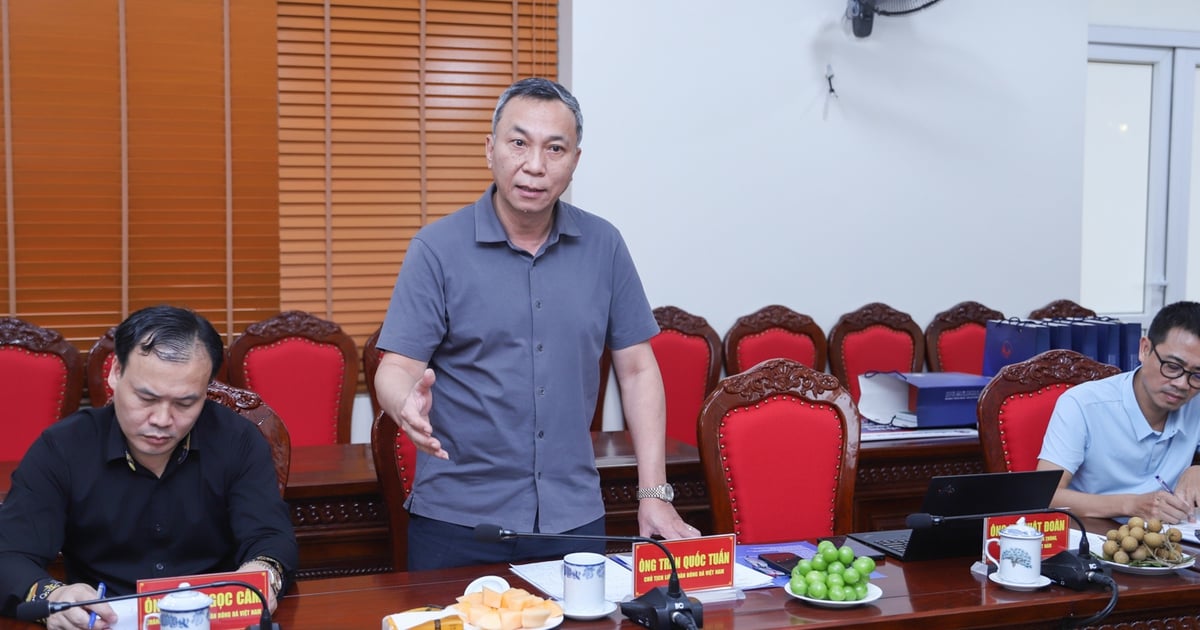
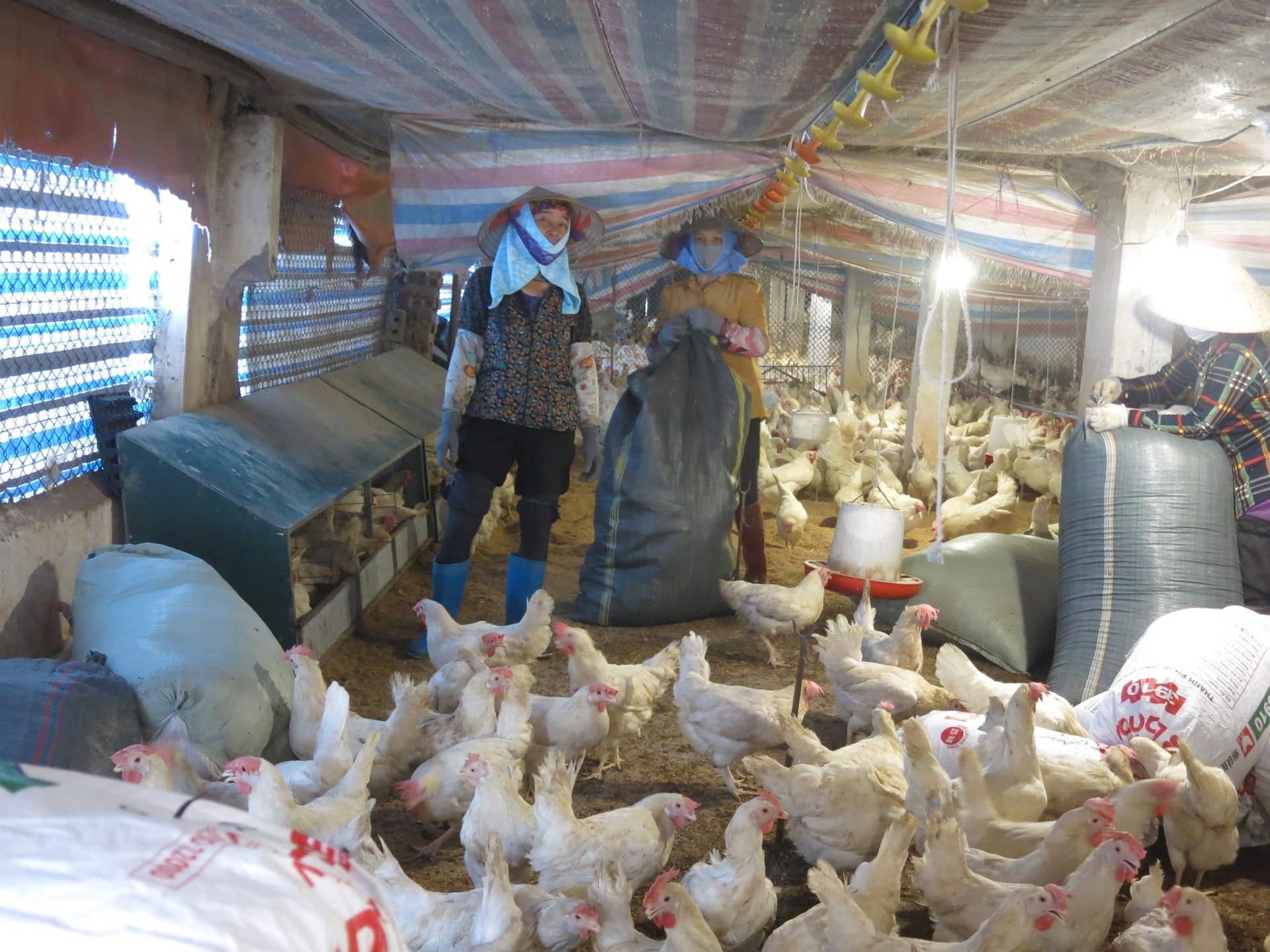

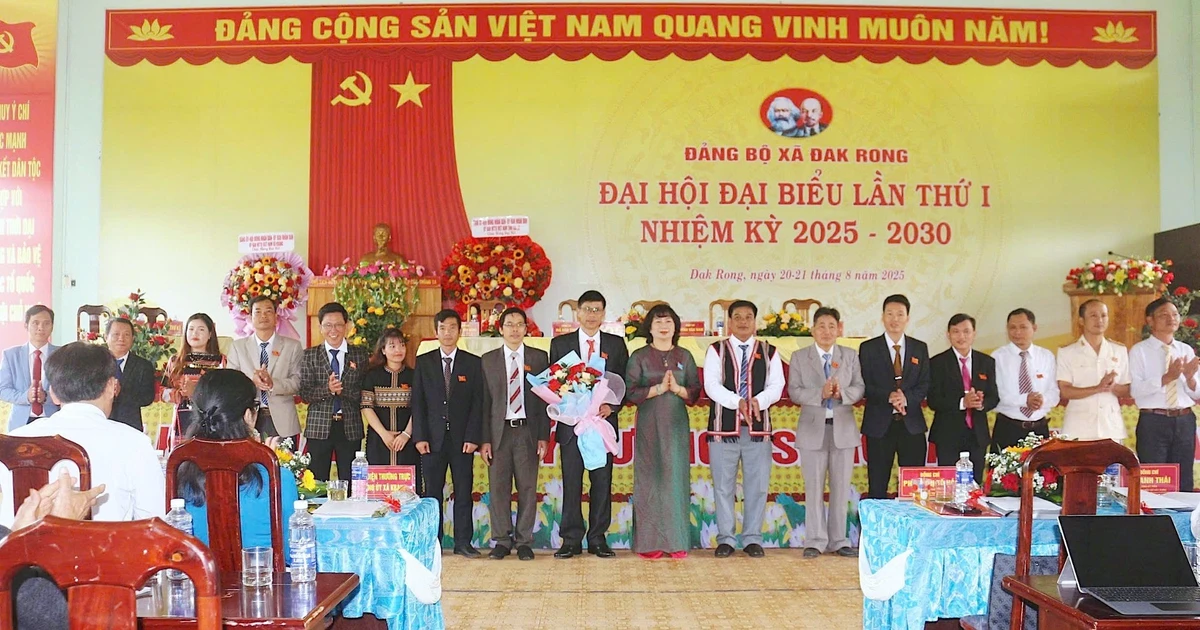


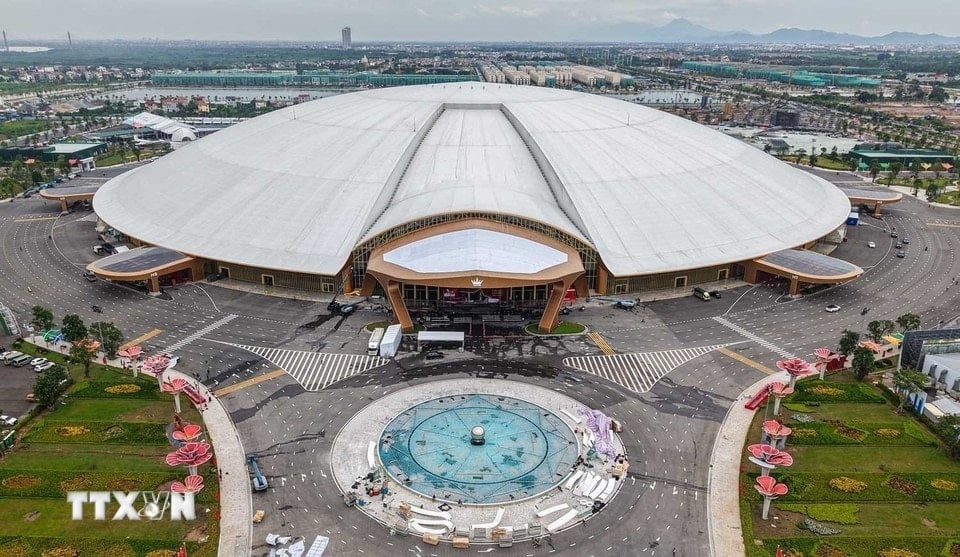











![[Photo] An Phu intersection project connecting Ho Chi Minh City-Long Thanh-Dau Giay expressway behind schedule](https://vstatic.vietnam.vn/vietnam/resource/IMAGE/2025/8/21/1ad80e9dd8944150bb72e6c49ecc7e08)







































![[Photo] Politburo works with the Standing Committee of Hanoi Party Committee and Ho Chi Minh City Party Committee](https://vstatic.vietnam.vn/vietnam/resource/IMAGE/2025/8/21/4f3460337a6045e7847d50d38704355d)
































Comment (0)